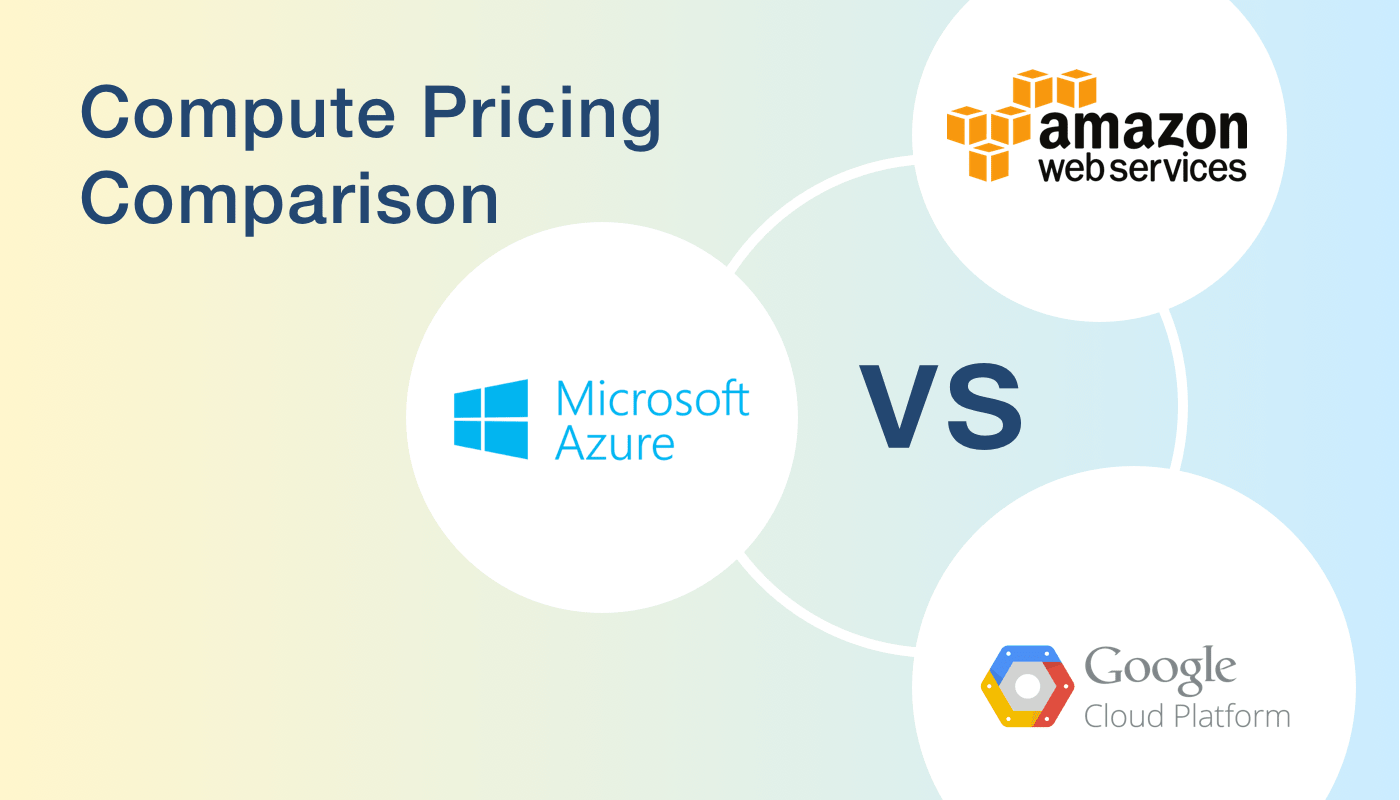Cloud Pricing Comparison: Techniques To Make Cloud Computing More Cost Effective
Cloud computing has revolutionized the way businesses operate by offering scalable and flexible solutions for data storage, processing, and application hosting. However, managing cloud costs efficiently is crucial to ensure you’re getting the best value for your investment. In this comprehensive guide, we will delve into various techniques and strategies to perform cloud pricing comparison and make cloud computing more cost-effective. By implementing these methods, you can streamline your cloud expenses without compromising on performance.
1. Utilize Cost Calculators and Estimation Tools
Leverage cloud service providers’ cost calculators and estimation tools to project expenses accurately before committing to any service. These tools consider factors such as usage, storage, and data transfer to provide a comprehensive cost breakdown.
2. Take Advantage of Reserved Instances
Reserved instances offer significant cost savings over pay-as-you-go models. By committing to a fixed term, you can lock in lower rates for your cloud resources. Analyze your workload’s stability and predictability to choose the right reserved instances.
3. Implement Right Sizing
Right sizing involves matching your cloud resources to your actual workload requirements. Many businesses overprovision resources, leading to unnecessary expenses. Regularly monitor and adjust your resources to meet current demands effectively.
4. Explore Spot Instances
Spot instances are unused cloud resources available at discounted rates. While they may not be suitable for all workloads, they can be highly cost-effective for tasks that can tolerate interruptions.
5. Optimize Storage Solutions
Cloud storage costs can quickly accumulate. Employ techniques like data deduplication, compression, and archiving to minimize storage expenses without compromising data accessibility.
6. Monitor and Analyze Resource Usage
Constantly monitor resource usage to identify idle or underutilized resources. By terminating or resizing these resources, you can prevent unnecessary costs.
7. Leverage Multi-Cloud Strategies
Using multiple cloud providers allows you to take advantage of competitive pricing and tailor your workload to each provider’s strengths. This strategy also offers redundancy and disaster recovery benefits.
8. Implement Serverless Architecture
Serverless computing eliminates the need to provision and manage servers manually. This results in cost savings by charging only for actual code execution time.
Techniques To Make Cloud Computing More Cost Effective
1. Automate Scaling
Implement auto-scaling to dynamically adjust resources based on demand. This prevents over-provisioning during peak times and underutilization during off-peak periods.
2. Use Cloud Resource Tags
Tags help categorize resources, making it easier to track and allocate costs. This allows you to identify which departments or projects are using the most resources and optimize accordingly.
3. Opt for Pay-as-You-Go Models
Pay-as-you-go models offer flexibility by charging only for the resources you use. This is particularly beneficial for businesses with fluctuating workloads.
4. Regularly Review and Adjust
Cloud usage patterns change over time. Schedule regular reviews to assess your cloud needs and adjust resources accordingly.
5. Implement Content Delivery Networks (CDNs)
CDNs optimize content delivery by caching data at various locations. This reduces data transfer costs and improves user experience.
6. Negotiate with Providers
Don’t hesitate to negotiate pricing with cloud service providers, especially if you’re a long-term or high-volume customer. They may offer custom plans or discounts.
FAQs
Is cloud pricing comparison necessary for small businesses?
Absolutely. Small businesses often have limited budgets, making cost optimization crucial. Cloud pricing comparison helps identify affordable options without sacrificing performance.
How frequently should I review my cloud costs?
It’s recommended to review your cloud costs quarterly or whenever significant changes occur in your workload.
Are spot instances suitable for mission-critical workloads?
No, spot instances are better suited for non-time-sensitive tasks due to their potential for interruptions.
What are some common mistakes to avoid when optimizing cloud costs?
Avoid overprovisioning resources, ignoring idle resources, and failing to analyze historical usage data.
Can I switch between cloud providers easily?
While switching providers requires effort, it’s possible with proper planning. Multi-cloud strategies can ease the transition.
Is serverless architecture suitable for all applications?
Serverless is ideal for event-driven and stateless applications. However, it might not be suitable for complex or resource-intensive tasks.
Conclusion
Cloud pricing comparison is a vital practice for any business looking to optimize its cloud computing costs. By following these techniques and strategies, you can ensure that your cloud resources are being utilized efficiently, leading to significant savings without compromising on performance. Keep in mind that the cloud landscape evolves, so staying informed about new pricing models and tools is essential for sustained cost-effectiveness.
READ MORE : Hire Java Developers





